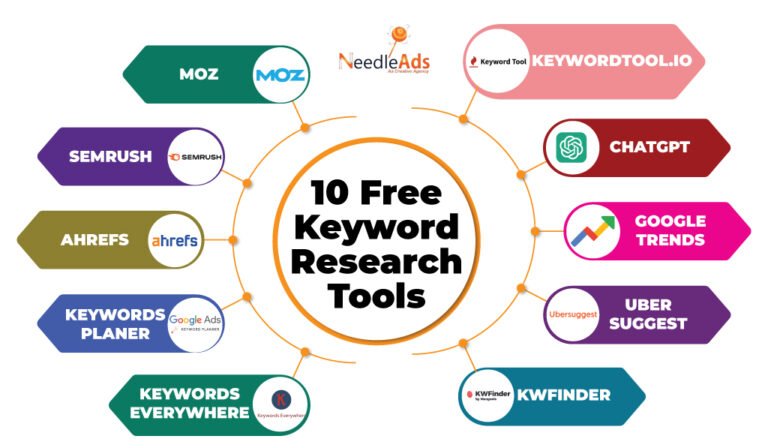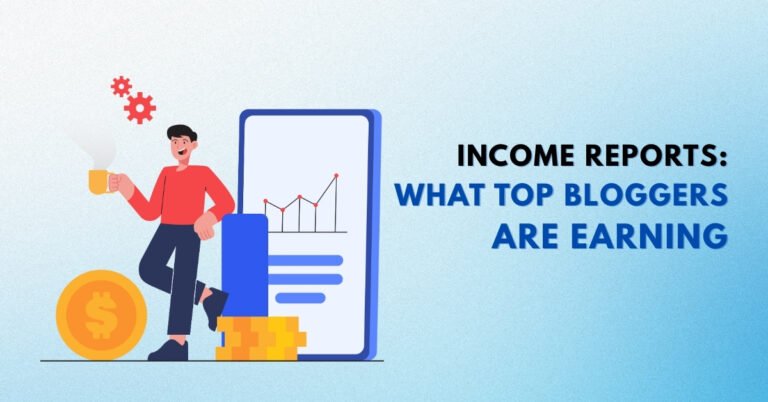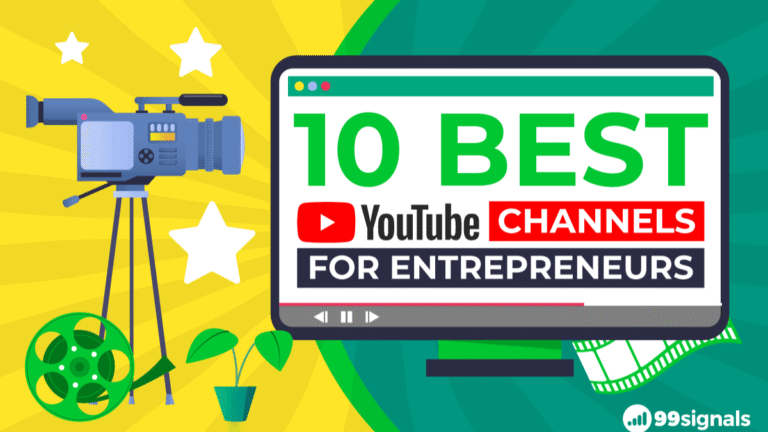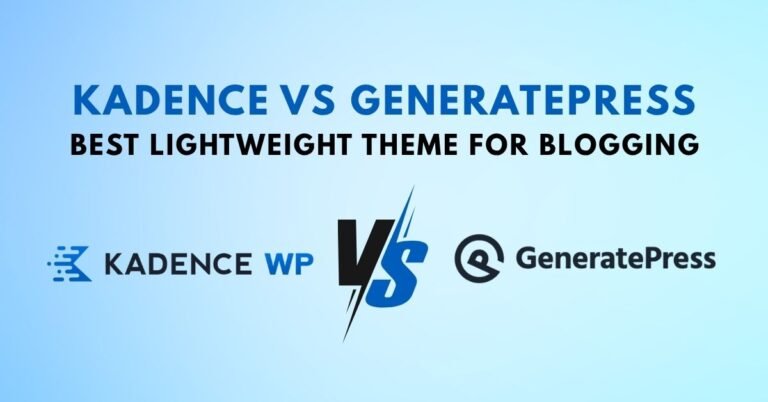Whether you’re a brand-new blogger or trying to bring consistency to your publishing schedule, a content calendar is your secret weapon. It’s one of the most powerful tools that separates hobby bloggers from serious content creators.
In this beginner-friendly guide from Helping Bloggers, you’ll learn what a content calendar is, why you need one, and exactly how to build one — step-by-step.
What is a Content Calendar?
A content calendar (also called an editorial calendar) is a plan of what content you’ll publish and when. It usually includes:
- Blog post topics
- Target publish dates
- SEO keywords
- Categories and tags
- Status (Idea, Draft, Scheduled, Published)
- Optional: Promotion plans, content types (video, podcast, etc.)
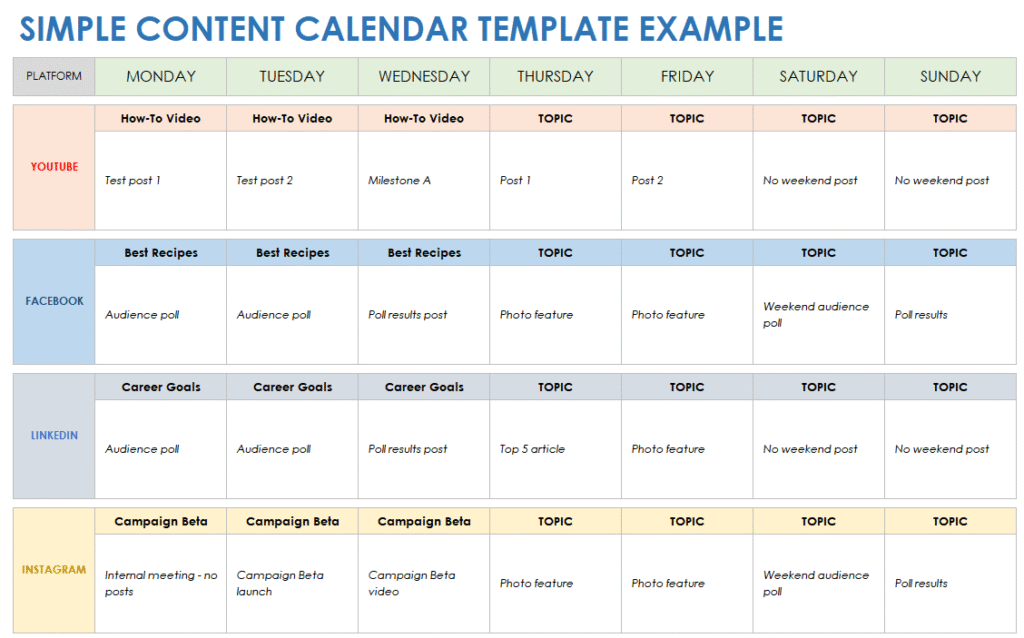
Why Every Blogger Needs a Content Calendar
A well-planned content calendar can help you:
- ✅ Stay organized and consistent
- ✅ Avoid last-minute writing stress
- ✅ Align content with important dates (holidays, launches)
- ✅ Maintain a mix of evergreen and seasonal posts
- ✅ Focus on your blog’s core topics and goals
- ✅ Plan content around SEO strategies
Without a calendar, you’re likely to skip weeks, run out of ideas, or post random content that doesn’t serve your readers — or your blog’s growth.
Step-by-Step: How to Create a Content Calendar for Your Blog
Step 1: Define Your Blogging Goals
Before filling up a calendar, ask:
- What is the main goal of my blog? (e.g., traffic, monetization, community-building)
- Who is my target audience?
- What problems am I helping them solve?
Your content should always serve your reader and your blog’s larger purpose.
Step 2: Choose Your Blog Categories
Stick to 3–5 main categories — this will help you stay focused and ensure variety in your blog posts.
Example for a blogging blog like Helping Bloggers:
- WordPress Tips
- Content Creation
- Blogging Tools
- SEO Strategies
- Monetization Tips
Pro Tip: These categories can also be added to your WordPress blog structure.
Step 3: Brainstorm Blog Post Ideas
Set aside 30–60 minutes and try these idea-generation tactics:
- Keyword research tools (e.g., Ubersuggest, Google Keyword Planner)
- “People Also Ask” and Google auto-suggestions
- Pinterest and YouTube searches
- Look at your competitors’ blog post topics
- Read comments on your existing posts

Create a master idea bank in a Google Sheet, Notion, Trello, or Airtable.
Step 4: Decide on Your Publishing Frequency
Ask yourself: How often can I realistically publish content without burning out?
Start small. Even 1 post per week can build massive momentum over time.
Sample Weekly Schedule:
| Week | Blog Post Topic | Publish Date |
|---|---|---|
| 1 | 10 Blog Niche Ideas for 2025 | June 10 |
| 2 | How to Pick a Domain Name | June 17 |
| 3 | Blogging Tools I Use | June 24 |
Step 5: Choose a Tool to Manage Your Content Calendar
Here are some tools you can use:
✅ Google Sheets (Free & Customizable)
- Easy to start with
- Shareable with team members
✅ Trello
- Drag-and-drop cards
- Great for visual planning
✅ Notion
- All-in-one content hub
- Templates available for free
✅ WordPress Editorial Calendar Plugin
- See and manage your posts directly from the WP dashboard

Step 6: Build Your First Month’s Calendar
Create columns for:
- Post Title
- Category
- SEO Keyword
- Publish Date
- Status (Idea, Draft, Scheduled, Published)
Optional: Add fields for content format, author, and promotional plan (email, social media, etc.)
Step 7: Stick to It (But Stay Flexible)
A calendar is a guide, not a prison. Life happens. But aim for at least 80% adherence to your plan.
To stay consistent:
- Batch write 2–3 posts in advance
- Use scheduling tools (WordPress Scheduler, Buffer, etc.)
- Create reusable post formats (listicles, how-tos, reviews)

Step 8: Revisit & Adjust Monthly
Set a monthly “calendar day” to:
- Review performance (traffic, engagement, SEO rankings)
- Add/remove post ideas
- Align content with upcoming events or promotions
This keeps your calendar fresh and your blog aligned with growth goals.
Bonus: Blog Post Types to Include in Your Calendar
Keep your readers engaged with a mix of content types:
- How-to guides (like this one)
- Listicles (e.g., “10 Best Blogging Tools for Beginners”)
- Case studies or personal experiences
- Guest posts
- Tutorials with screenshots
- Seasonal or trending content
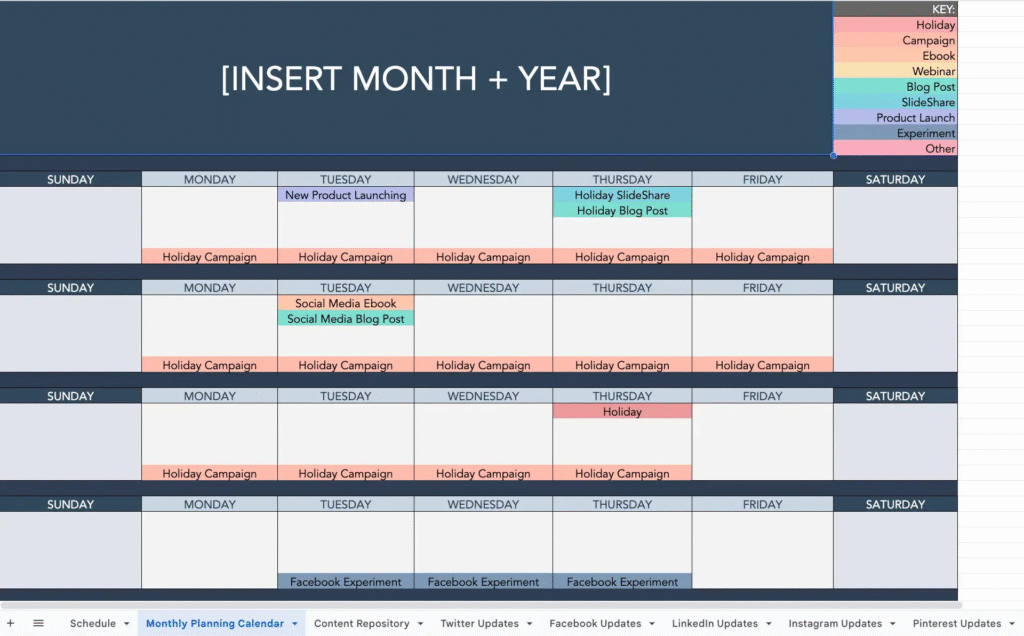
Content Calendar Template for Bloggers (Downloadable Idea)
Consider creating or offering a downloadable freebie, like a Google Sheet content calendar template, as a lead magnet.
Tip: Offer it via a CTA at the end of the post!
FAQs: Content Calendar for Blogging
Stay flexible. Just move the post to a new date and update your calendar. The goal is consistency over perfection.
Try keyword research tools, look at your competitors, repurpose old content, or revisit reader questions and comments. Inspiration is everywhere!
Final Thoughts
Creating a content calendar is one of the smartest moves you can make as a beginner blogger. It keeps you focused, organized, and productive — and most importantly, helps you deliver consistent value to your readers.
Start simple. Plan just 4–5 blog posts ahead. Once you experience the clarity and momentum it brings, you’ll never want to blog without one again.

